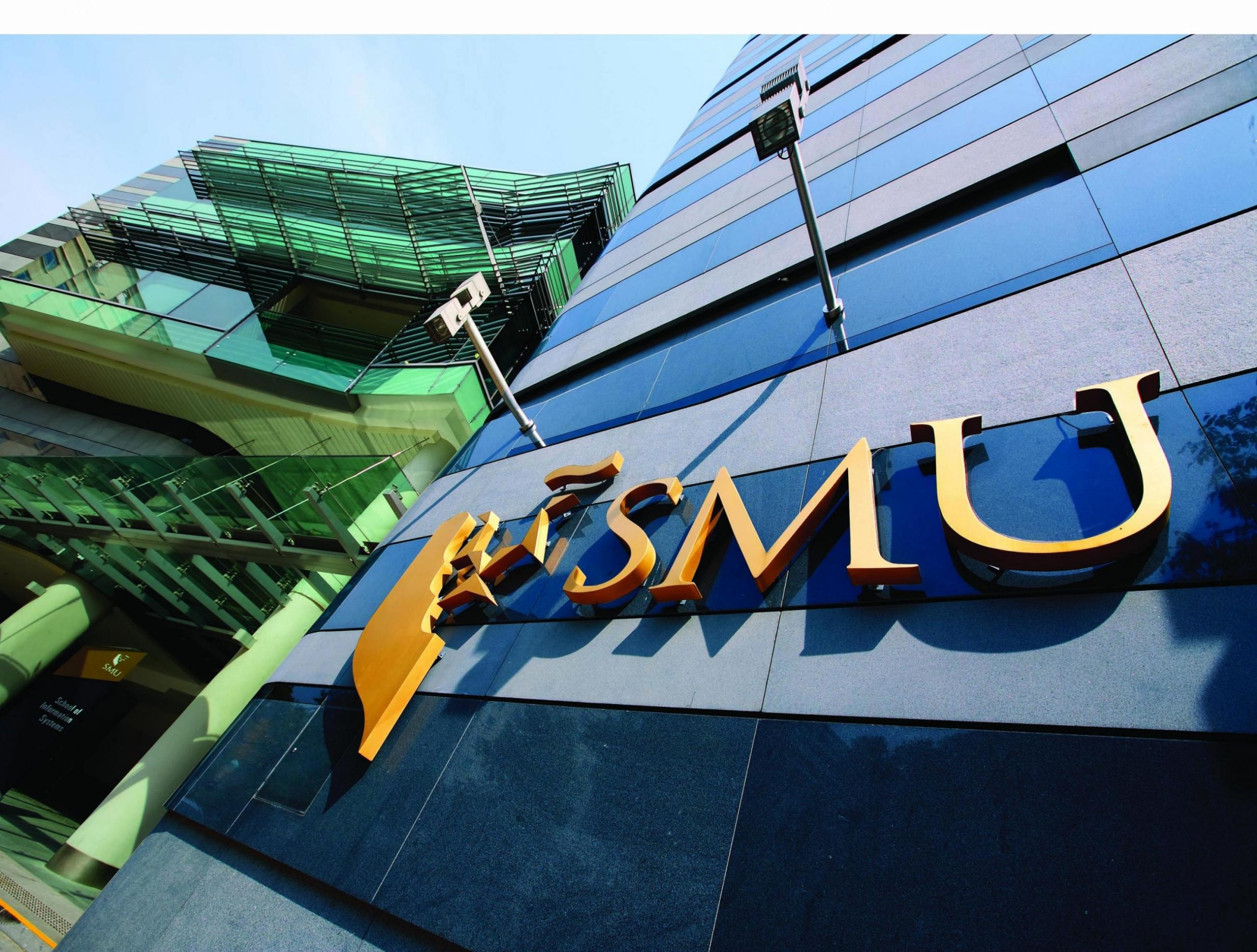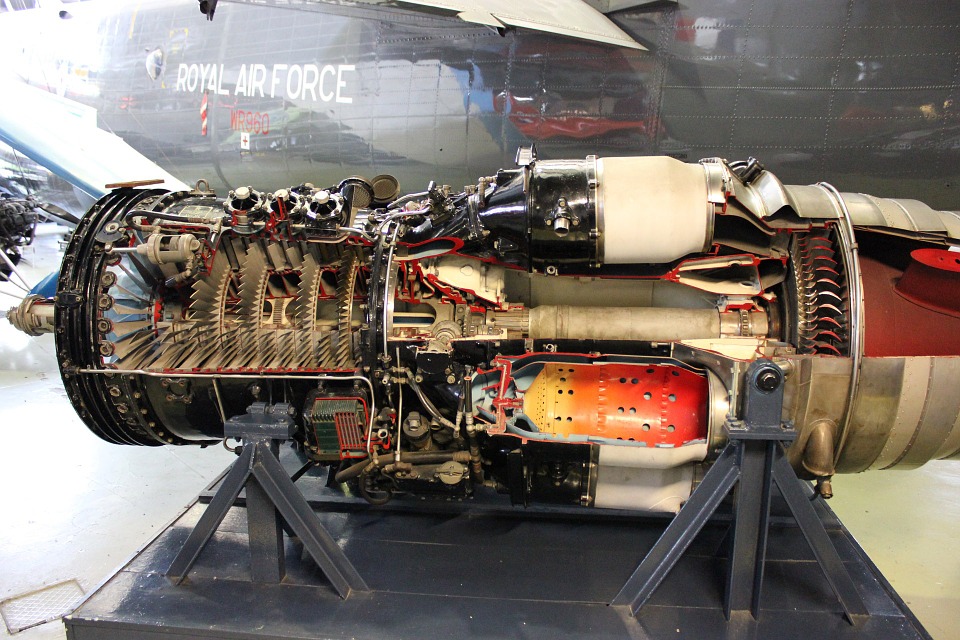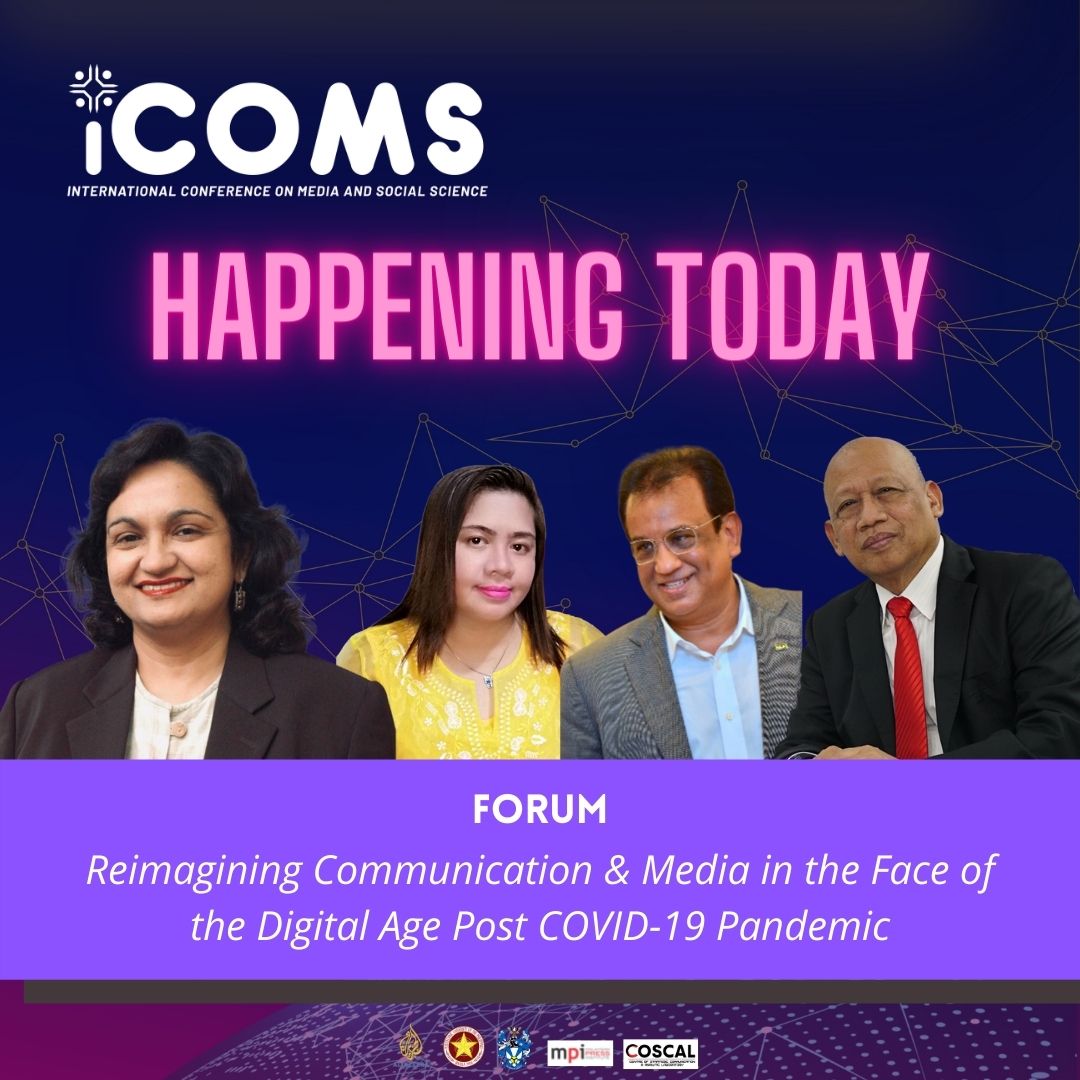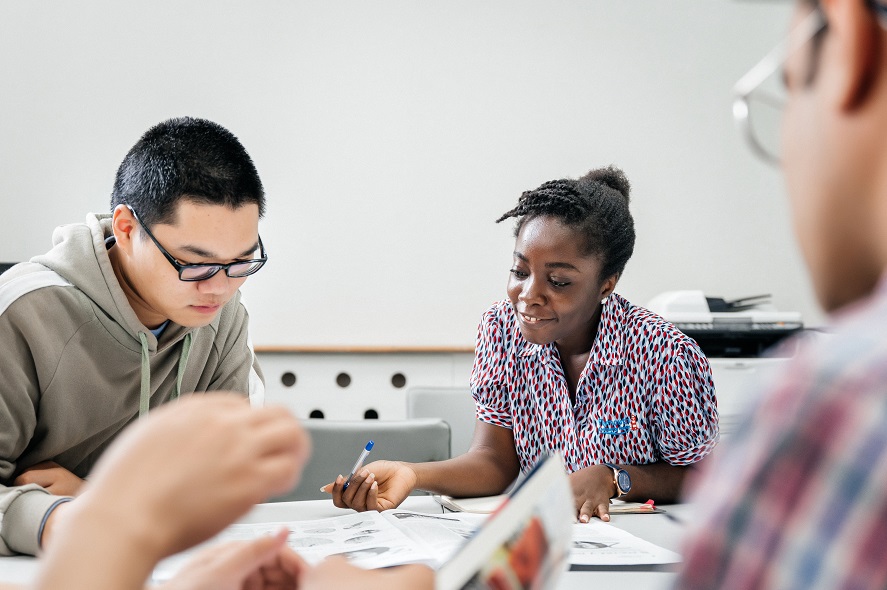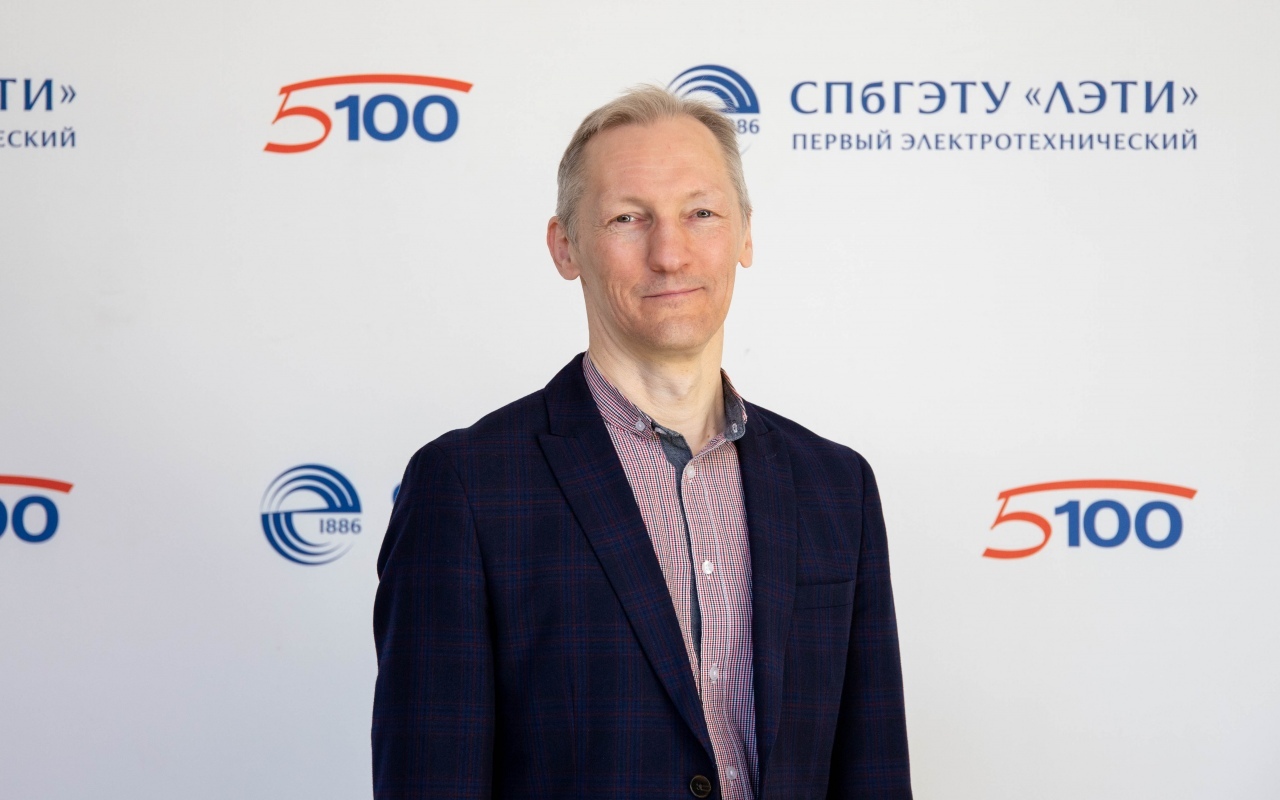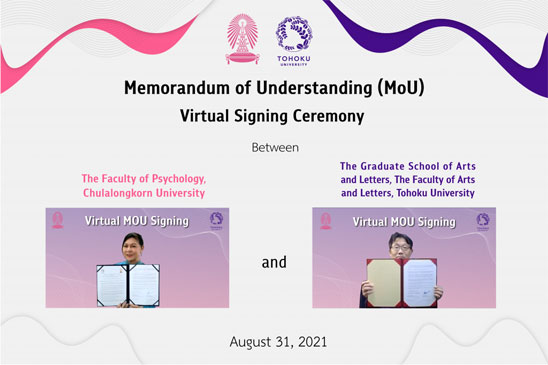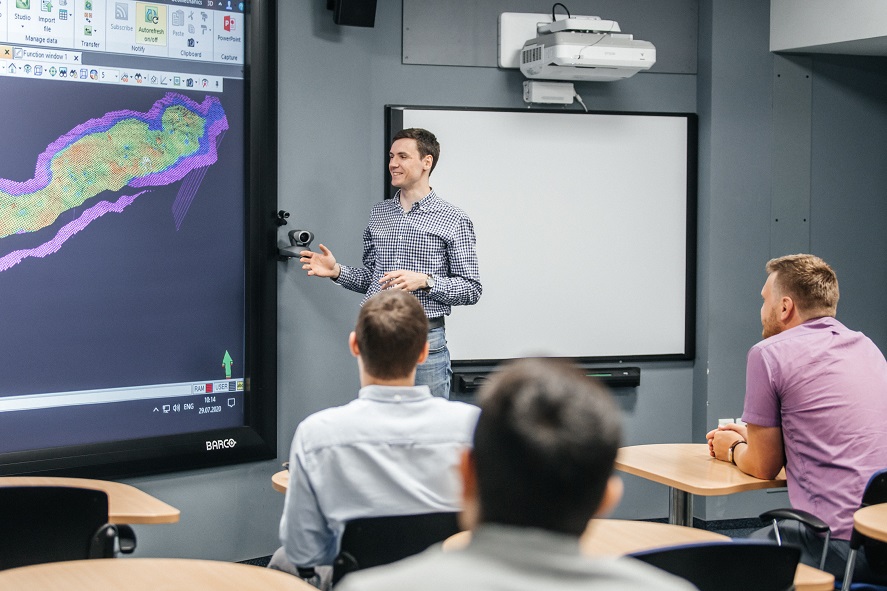Prompting thoughtful and timely conversations and connecting university staff and students with the mental health support they need is at the centre of a new initiative launched today by Universities Australia in partnership with headspace.
The Real Talk framework will inform a series of two-hour workshops carefully tailored for Australian university staff to help them notice changes in a person’s mood or behaviours, start a conversation about mental health, and provide appropriate support.
Universities Australia Chief Executive Catriona Jackson said there can be a range of biological, social and environmental factors that affect someone’s mental health.
“As students and staff begin to return to campus after a period of much uncertainty, it’s incredibly important to consider the experiences they may be carrying as a result of lockdowns, separation from loved ones, physical health, financial burdens and transitioning to different ways of learning and working,” Ms Jackson said.
“Real Talk has been developed to help staff recognise when their students, peers and colleagues are struggling, and to have confidence finding the right words to use if they would like help.”
“It encourages caring conversations that bring hope and validation, while also connecting people to the appropriate support.”
The Real Talk framework builds on an initiative launched by Universities Australia and headspace last year to help universities respond to death by suicide in their communities. Further resources to support universities with suicide prevention will be released later this year.
headspace CEO, Jason Trethowan is proud to be launching the Real Talk framework in partnership with Universities Australia.
“We all have a crucial role to play when it comes to supporting the mental health and wellbeing of the community and that’s why the launch of this new framework is such a great step forward,” Mr Trethowan said.
“Noticing changes in someone’s behaviour, knowing how to safely check in and being able to provide help or connect them with services are critical skills and it’s great to see the commitment from Universities Australia to developing these skills within the university communities.”
“We look forward to working with Universities Australia to develop the skills to provide help for others both now and into the future.”




